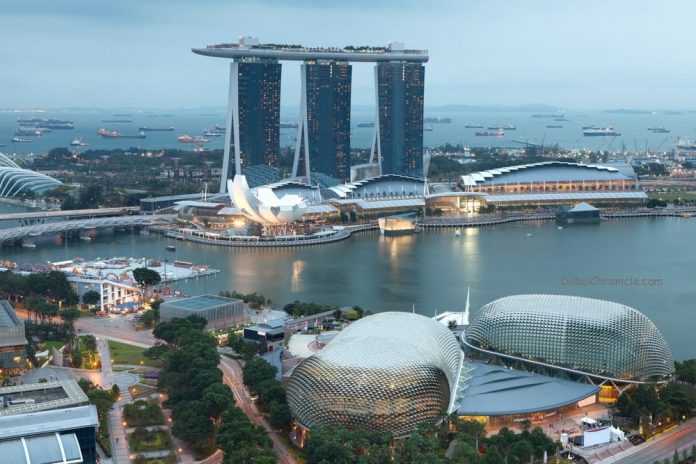
Singapore retains its title as the world’s most expensive city for a fourth year in row, followed by Hong Kong and Zurich, the latest bi-annual research shows.
The latest survey from the Economist Intelligence Unit has also seen a return to the top 10 most expensive cities for Tokyo and Osaka. The Japanese capital, which was the world’s most expensive city until 2012, has moved seven places up the ranking owing to a sustained recovery in the strength of the Japanese yen.
Asia now has the most expensive cities in the world with half of the top 10 in the region with Tokyo in fourth place, Osaka in fifth and Seoul in sixth place. But Europe is not far behind. As well as Zurich in second place, Geneva is in seventh, Paris in eighth, and Copenhagen in tenth place.
New York City is the only North American city in the top 10 in ninth place, down from seventh place in 2016 and the report suggests that this is due to a slight weakening of the US dollar which has also affected the position of other US cities. This, however, still represents a comparatively sharp increase in the relative cost of living compared with five years ago, when New York was ranked 46th.
With the strength of the US dollar moderating and the euro remaining relatively stable, currencies such as the Canadian dollar, the Australian dollar and the New Zealand dollar have appreciated in value. As a result, Sydney and Melbourne in Australia, and Wellington and Auckland in New Zealand all feature among the 20 most expensive cities.
Although the relative cost of living has fallen slightly in the Swiss cities of Zurich and Geneva, both remain cemented among the 10 most expensive, in third place and joint seventh place respectively. Joining Geneva in seventh place is Paris, which has featured among the 10 most expensive cities for 15 years, although the relative cost of living in the French capital has moderated.
Currently, living in Paris is 7% more expensive than living in New York, but just five years ago it was 50% pricier. The report explains that last year deflation and devaluations were a prominent factor in determining the cost of living, with many cities falling down the ranking owing to currency weakness or falling local prices.
‘Both prices and a number of currencies rallied during 2016 and, although inflation in many cities has remained moderate, the impact is reflected in the average cost of living,’ the report explains.
The World Cost of Living report, which is published twice a year, also points out that despite topping the rankings, Singapore still offers relative value in some categories, especially compared with its regional peers. For categories such as personal care, household goods and domestic help Singapore remains significantly cheaper but it remains the most expensive place in the world to buy and run a car, as well as the second priciest destination in which to buy clothes.
- Read more:When’s the Best Time to Travel in Asia?
In terms of food and drink the cost of living in Singapore is on a par with that of Shanghai in China. Seoul, Tokyo and Osaka are the three most expensive places in the world to buy staple goods. In Seoul, topping up a grocery basket is almost 50% more expensive than in New York.
The report adds that looking ahead there are a number of issues that can impact on ranking including the election of Donald Trump as President of the United States, a number of elections across nations in the European Union, the UK leaving the EU, oil prices and levels of debt in Greece.




































